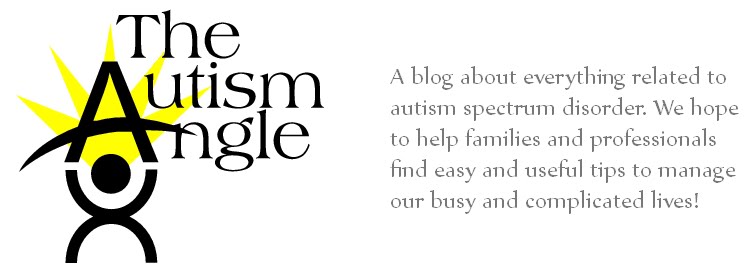How the game works is that you set out the game board and pick three different colors of cards to use. Set all the cards (a total of 15) on the board and then pick out the same color cards from the drawing deck and set them aside. One player will draw a card and without showing anyone the card will make the same face. Then, the other players will guess which face the person is making and will put their chip on the corresponding face on the game board. The quickest person wins that round. Also, it's adorable because the child can use the little mirror that comes with the game to help him/her make the expression.
Using facial expressions to convey emotions as well as reading other people's emotions is a skill that can often be challenging for individuals on the autism spectrum and I love this game because it helps teach these skills and it's not overly complicated for little ones. If you're looking for ways to help structure turn-taking, then check out our earlier post of how to create a visual turn-taking board to make waiting easier:
I fell victim of these online sale websites again and purchased a whole bunch of these tiny stuffed feeling guys. The brand is "kimochis" and you can check them out at http://www.kimochis.com/. I just thought they were so much fun-- I got a little carried away and bought like four packs, but I think I paid $7.00 a pack so you could chose which pack might be most useful for you. Again, talking about emotions and feelings can be hard for the kiddos we work with and what I love about these is that they are so visual so even if expressive language is difficult for some to get out in a time of frustration or excitement, the child can show how they feel through one of these kimochis.
 |
| If you need to create a new emotion, then you can also use one of these pens to draw a new face! |
Many of the emotions are very abstract and so you may want to begin practicing the more basic emotions. Also I think these are great to use with siblings, play dates etc as way to start a conversation about feelings when things get rough. I've also seen similar little toys used in social groups to help all the kids be more aware of their feelings and the feelings of the group in a less threatening way. Anyway, there is just so much you can do with these little things-- oh, and they are small-- probably only 3 inches big all the way around. Have fun!
- Molly











